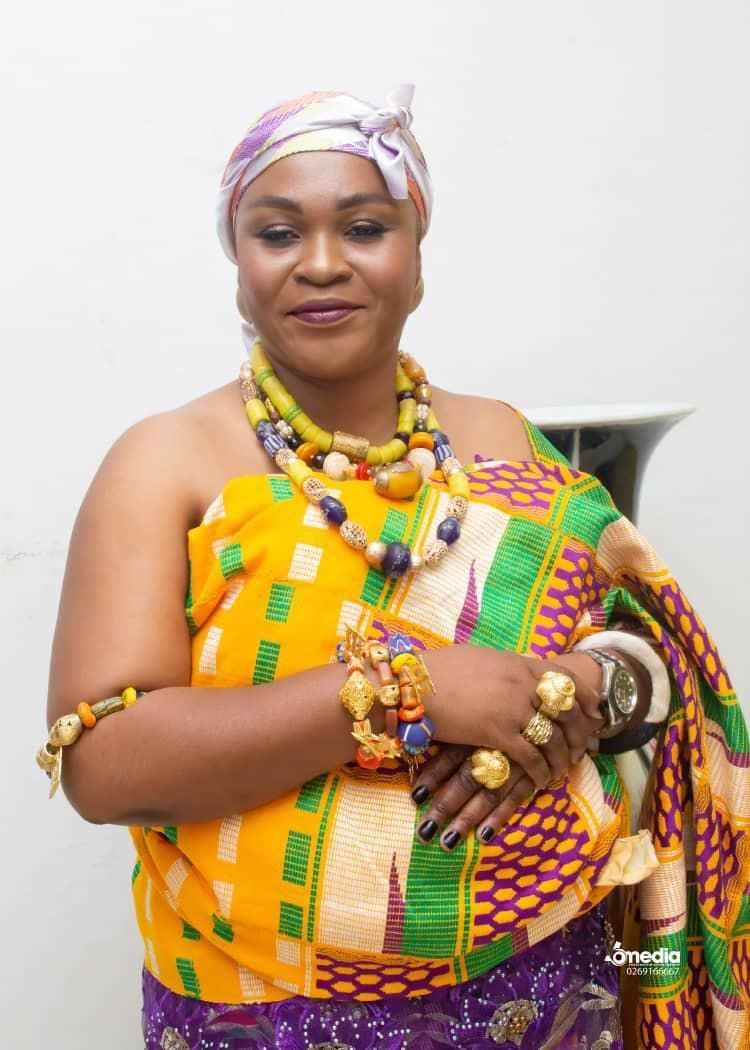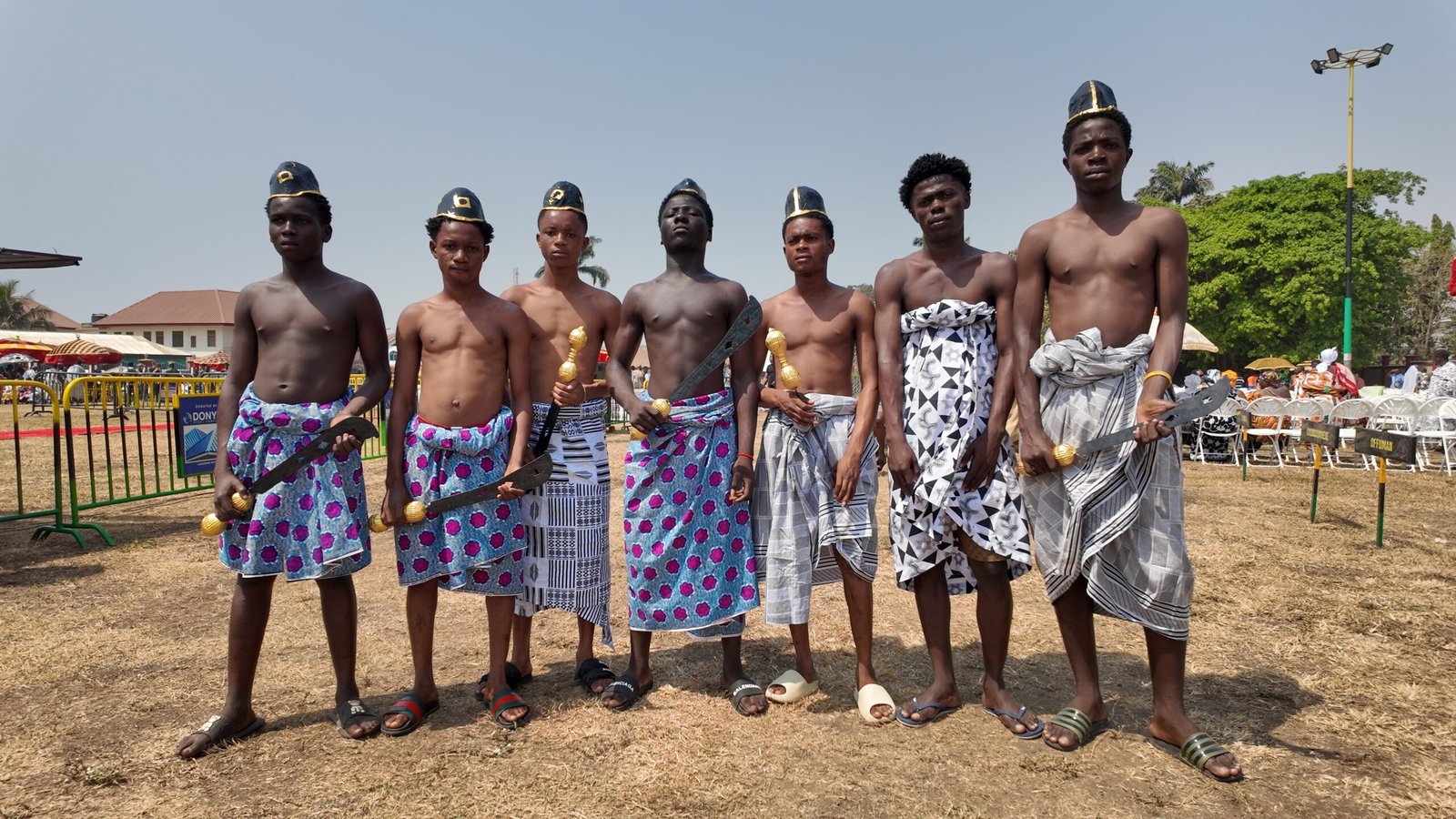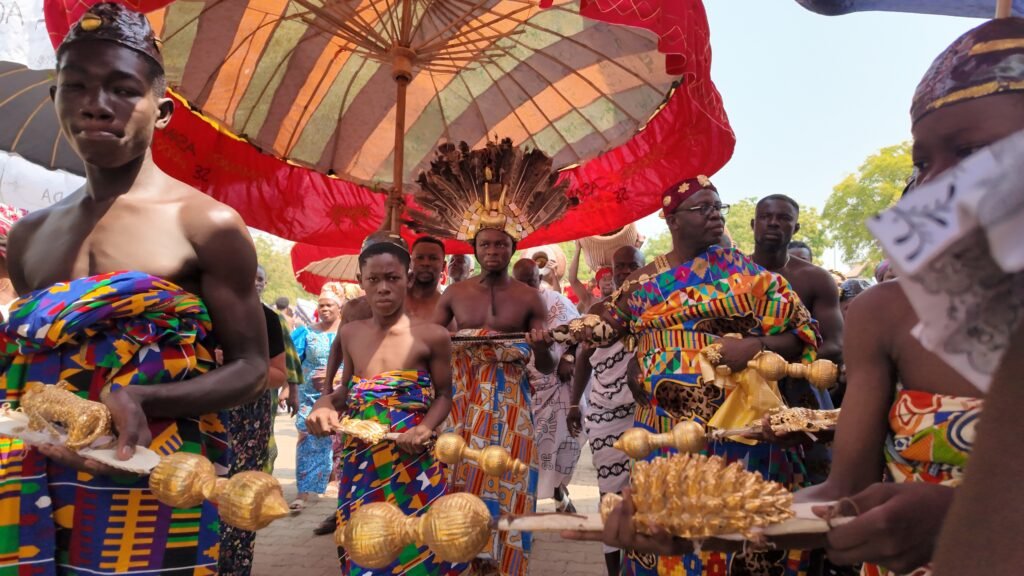News
4 in trouble for killing 10-year-old elephant
Four persons are in the grips of the police in the Sissala East Municipality for allegedly killing an elephant.
DSP Gbelle Kumpe, the Municipal Police Commander, told the GNA that the four would be arraigned before court for allegedly killing the elephant at the Gbele Game Reserve.
“There was a report from the Forestry Commission that an elephant was killed and on May 20, 2020, after an investigation, we carried out a raid and 12 persons were arrested and a search conducted revealed the tail of the elephant and other body parts; we also retrieved three guns from them.”
He said the four were alleged to have participated in the killing of the elephant and that the tusk of the elephant was later dumped behind the Bugubelle Police Station.
DSP Kumpe said the four who were currently on police enquiry bail would be sent to Wa for prosecution, if their dockets were ready.
“There is an attack on the forest and its resources and my advice for all, is to stop depleting the forest or else if you get caught you would not be spared,” he said.
DSP Kumpe said the lack of cooperation from the public was disturbing saying, “there is low cooperation from the public and that is the lifestyle of some of the people here, they have the habit of harbouring criminals” and urged all to support the police.
The Park Manager of the Gbele Reserve, Dr Owusu Ansah in an interview said, “It was in connection with the killing of a ten-year-old elephant whose ivory market value could cost $10,000.00, which motivated the poachers to kill the young elephant.”
He said a kilogramme of the ivory is about 2,000 dollars and the ivory recovered is about 20 kilos, and added that “for anybody to kill an elephant the motivation will be to get the ivory sold, which is very valuable.”
Dr Owusu said that “elephant hunting had been banned since 1989; in the past, Ghana had more elephants than Burkina Faso, according to the literature, but we have made the place inhabitable for them due to attacks.”
Sissala area still remains their route into the Nazinga Forest Reserve in Burkina Faso and every year they come around for visit, which hunters take advantage of to kill them. GNA
News
Mama Aku Seme II bringing hope, development to Avetakpo community

The role of a ‘mother’ in our local community has become synonymous with the traditional and modern roles of a queen mother; promoting health, education, liaison for infrastructure development and as special adviser to the chief and elders on women affairs.

Thirty eight-year old Mama Aku Seme II of Avetakpo, a deprived rural community in the Ho West district of the Volta Region, is one of such models.
Known in private life as Joyce Aku Dzifa Amedorme, she was enstooled as queen mother in 2019 and has already embarked on some developmental projects in her community.




Two years into her role, Mama Aku Seme II lobbied and got the US Ambassador Self Help Aid to build a three-unit classroom block for the community. This is the first school building in the settler community.
“This development brought joy to my people and the children, especially who had longed for a school building for years,” she said beaming with smiles.
She stated that it is her desire to build a community school up to the Junior High School (JHS), a clinic and a public toilet for residents of Avetakpo.
In 2023, during the Akosombo Dam spillage, which displaced thousands of people in Mepe, she donated clothing and other relief items to the victims.
Through her foundation, known as Mama Aku Seme II Charity Foundation, she has supported over 200 needy children and orphans with clothing, food items and other essentials in order to bring smiles to the faces of children.
When asked about her passion for the welfare of children, she said “I love to see them happy; their smile warms my heart.”
Mama Aku Seme II is from a family of six and a mother to two boys in a family of six. She is currently works with Forever Living Company limited.
And she has an advice for the youth.
“The youth must show seriousness in whatever they do. That is what would define their future.

They must be disciplined, respect the elderly and just be nice to people because one could find him or herself at a place of need.”
Mama Seme speaks Deutsch, English and four Ghanaian languages- Ewe, Twi Fante and Hausa.
She loves sports and loves to play tennis at her leisure time.
By Jemima Esinam Kuatsinu
News
Akwasidae: The rich cultural pageantry of the Ashanti Kingdom

The rhythmic sounds of the fontomfrom drums echoed through the skies, announcing the arrival of the highly anticipated Akwasidae celebration. Held every six weeks, this cultural extravaganza is not just a festival; it is a regal display of the Ashanti Kingdom’s heritage, an embodiment of unity, and a moment to honour its proud lineage.
This year’s Akwasidae, held at the iconic Manhyia Palace in Kumasi, was a spectacle of grandeur. The sprawling courtyard was adorned with the colourful kente cloths of attendees, their intricate patterns shimmering in the sunlight. Chiefs and queen mothers arrived with their entourage with each chief’s regalia a dazzling reflection of power and tradition.



Appellations by court criers heralds the arrival of the Asantehene through formal announcements, ensuring the crowd remains attentive and also declarations, royal messages, blessings, and reminders about the cultural significance of the festival, reinforcing its importance to the Ashanti heritage.
The Asantehene, Otumfuo Osei Tutu II, the custodian of Ashanti culture, would finally sit majestically on the Golden Stool. He is draped in a vibrant kente cloth and crowned with gold ornaments, symbolised the continuity of a kingdom that has stood tall for centuries.
As he received homage from subjects, chiefs, and dignitaries, the crowd erupted in cheers, a testament to the deep reverence for their monarch.



The celebration was a mix of solemnity and jubilation. The Akom priests led prayers and libations, invoking the spirits of ancestors and asking for guidance and blessings. The rituals were punctuated by the enthralling performances of traditional drummers, dancers, and singers who narrated the kingdom’s history through music and movement.
Visitors from across the world flocked to Kumasi to witness this extraordinary event. “The energy here is electric,” remarked a tourist from Germany. “It’s not just a festival; it’s a living history lesson.”
Akwasidae is more than just a cultural celebration; it is also an occasion for reconciliation and unity. Families, separated by distance or disputes, use this sacred day to mend bonds and strengthen ties. Communities gather to deliberate on development issues, ensuring progress while remaining anchored in their heritage.
The festival is also a boon for tourism and commerce, where local artisans displayed their craftsmanship, beads, carvings, pottery, and textiles—while food vendors offered traditional delicacies like fufu with light soup, apapransa and a special traditional khebab.
As the sun set over Manhyia, the festivities showed no signs of waning. The drummers’ beats grew livelier, the dances more animated, and the crowd more jubilant. It was an emotional reminder that Akwasidae is not just a date on a calendar but a celebration of identity, resilience, and the unbreakable spirit of the Ashanti people.
Indeed, Akwasidae remains a shining example of Ghana’s cultural wealth and a proud beacon of African heritage. Whether you’re an Ashanti royal, a curious traveller, or simply an admirer of tradition, this festival offers an unforgettable experience that lingers in the heart long after the last drumbeat fades.





